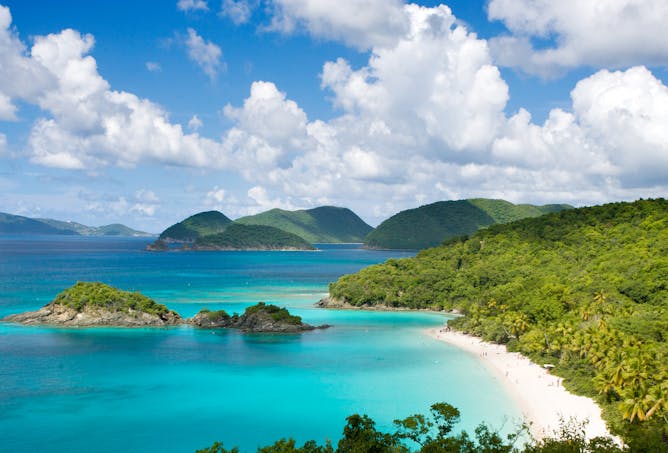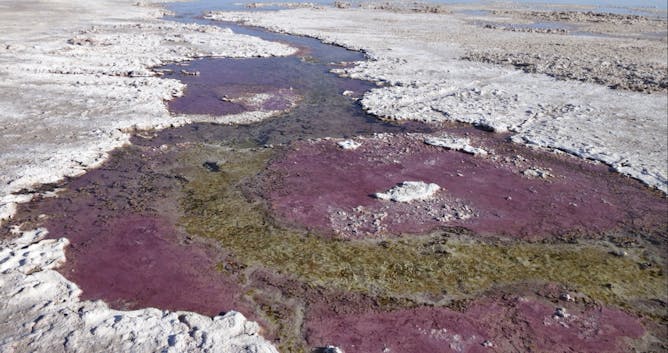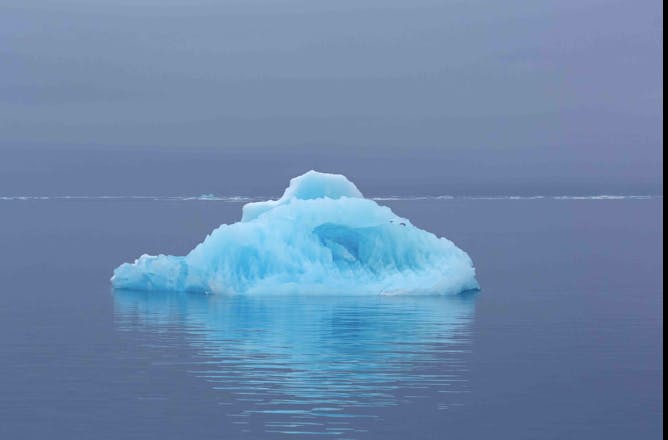|
Archeologists know that people first started to colonize the islands of the Caribbean about 7,000 years ago but the routes they took has remained a mystery. A group of researchers reviewed decades of artifacts and, using radiocarbon dating, created a clearer picture of how humanity first spread from island to island.
Also in this week’s science and research news, climate scientists explain what the Earth was like 3 million years ago when carbon dioxide levels are the same as now, the technology of programmable,
color-changing tattoos, and how ancient microbial life may have survived without oxygen.
|

What route did the first settlers to colonize the islands of the Caribbean take?
M.M. Swee/Moment via Getty Images
Matthew F. Napolitano, University of Oregon; Jessica Stone, University of Oregon; Robert DiNapoli, Binghamton University, State University of New York; Scott Fitzpatrick, University of Oregon
Did people settle these islands by traveling north from South America, or in the other direction? Reanalyzing data from artifacts discovered decades ago provides a definitive answer.
|

Purple microbial mats offer clues to how ancient life functioned.
Pieter Visscher
Pieter Visscher, University of Connecticut; Brendan Paul Burns, UNSW; Kimberley L. Gallagher, Quinnipiac University
How ancient microbes survived in a world without oxygen has been a mystery. Scientists discovered a living microbial mat that uses arsenic instead of oxygen for photosynthesis and respiration.
|

Ice floe drifting in Svalbard, Norway.
Sven-Erik Arndt/Arterra/Universal Images Group via Getty Images
Julie Brigham-Grette, University of Massachusetts Amherst; Steve Petsch, University of Massachusetts Amherst
Extreme shrinkage of summer sea ice is just the latest evidence of rapid Arctic warming – and what happens in the Arctic doesn't stay there.
|